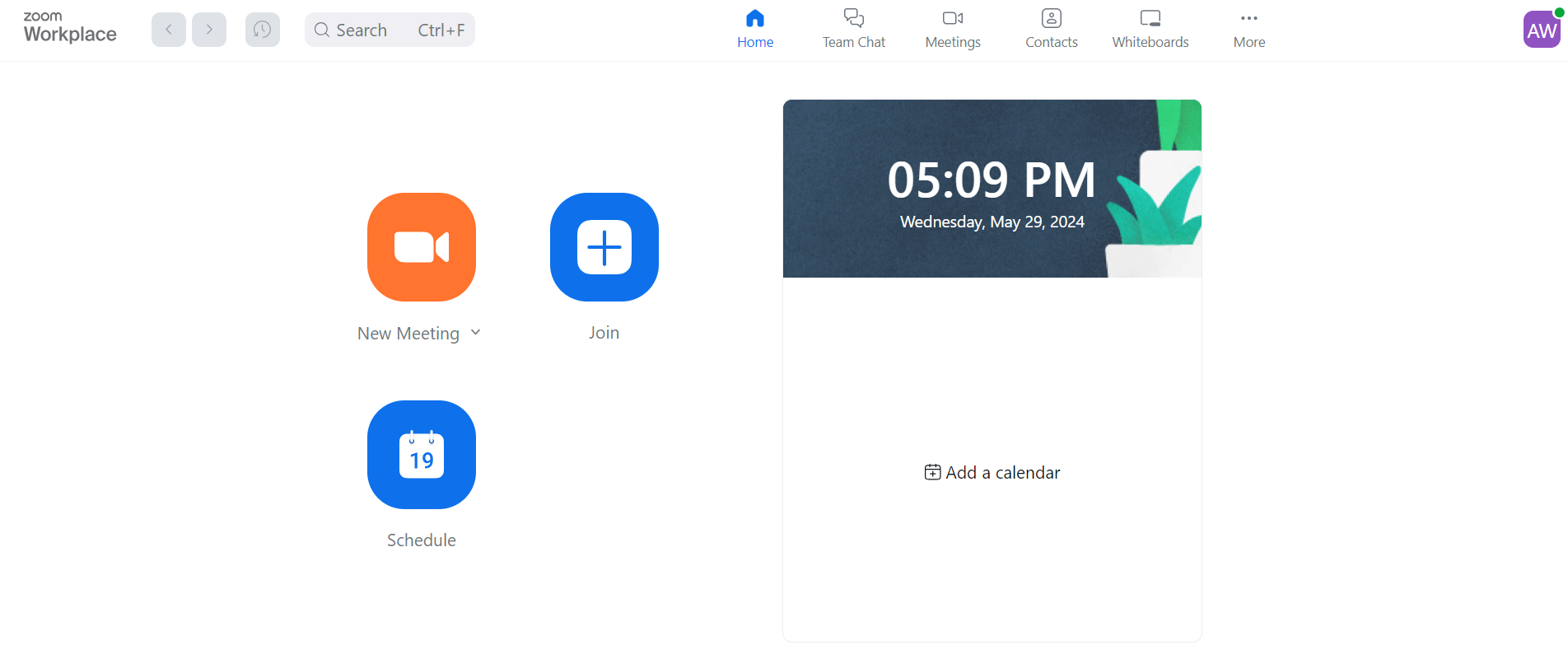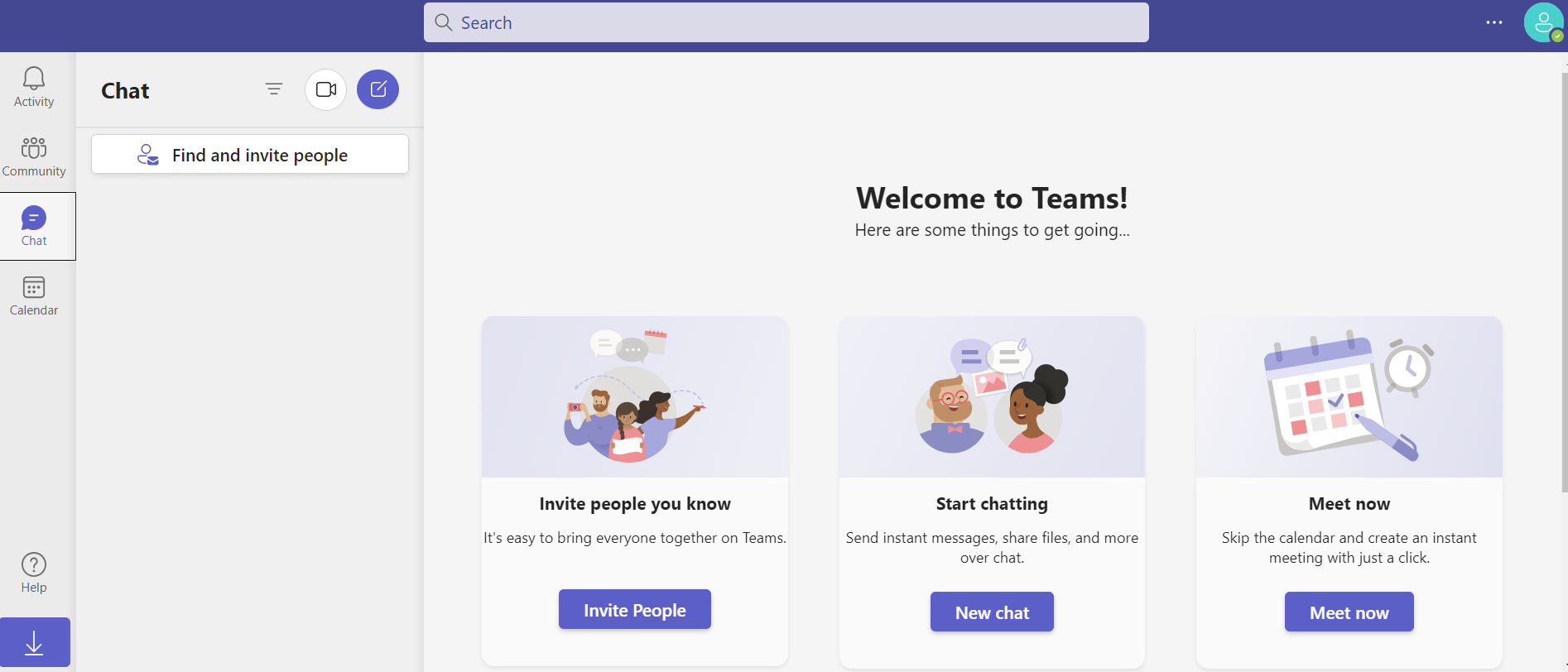With the rise of remote work and global teams, virtual meetings have become a vital part of communication and collaboration and it's crucial to select the right video conferencing platform. This article aims to compare two popular platforms, Zoom and Microsoft Teams, and determine which one is better suited for business needs.
PRODUCTS
SOLUTIONS
DOWNLOAD
PARTNERS
RESOURCE
COMPANY
Software

NearSync
Remote Device Management

Nearify
Free Noise Cancelling App
Zoom vs. Teams: Which one is better for you?
Both Zoom and Microsoft Teams are widely used video conferencing platforms. While both platforms offer similar functionalities, they have distinct features and advantages that cater to different needs. Let's compare Zoom and Teams based on various aspects:
-
User Interface
Zoom: Known for its intuitive and user-friendly interface, Zoom provides a straightforward experience for both hosts and participants. It offers easy navigation and quick access to essential meeting features, which improves the efficiency of business video conference.

Teams: Microsoft Teams has a more comprehensive interface due to its integration with the Office 365 suite. While it offers a robust collaboration experience, it may be a little bit overwhelming for users to familiarize themselves with the interface and locate specific features. That means if you never use Teams before, it may cost some time to get in a video conference for the first time.

-
Meeting Capacity
Zoom: Zoom offers various plans with different meeting capacities. The free version allows up to 100 participants, while paid plans can accommodate larger meetings with up to 1,000 or 10,000 participants, depending on the plan.
Teams: Microsoft Teams supports large meetings with up to 250 participants. However, it offers a more powerful collaboration experience for smaller business teams compared to Zoom and is enough for routine business conference needs.
-
Features
Zoom: Zoom offers a comprehensive set of features, including screen sharing, virtual backgrounds, breakout rooms for smaller group discussions, whiteboarding, and recording capabilities. It also supports large meetings and webinars with up to thousands of participants.
Teams: Microsoft Teams focuses on collaboration and offers features like chat, file sharing, and real-time editing on documents. It integrates seamlessly with other Microsoft Office tools, making it suitable for organizations that rely heavily on Microsoft applications.
-
Third-party Integrations
Zoom: Zoom offers integrations with popular platforms like Slack, Google Workspace, and Microsoft Outlook, but its integration options are comparatively limited compared to Teams.
Teams: Microsoft Teams seamlessly integrates with other Microsoft Office applications, including SharePoint, OneDrive, and Outlook. It provides a unified ecosystem for collaboration within organizations already using Office 365.
-
Security
Zoom: Zoom faced some security concerns in the past, but the company has taken significant measures to address them. It now offers end-to-end encryption, password protection, waiting rooms for participant control, and various security settings to ensure meeting privacy, satisfying business video conference needs.
Teams: Microsoft Teams prioritizes security and compliance, leveraging the security infrastructure of the Office 365 platform. It provides data encryption, multi-factor authentication, and advanced threat protection to safeguard meetings and data. If your team work in the IT or consulting industry where the date privacy matters a lot, it's better to choose Teams as your business meeting platform.
-
Pricing
Zoom: Zoom offers a variety of pricing plans, including a free plan with limited features and meeting durations. Paid plans are available for small businesses, enterprises, and educators, offering more advanced features and customization options.
Teams: Microsoft Teams is included in most Office 365 plans, making it a cost-effective option for organizations already using Microsoft applications. However, certain advanced features may require additional licensing.
Best Video Conferencing Platforms for Business
Zoom and Microsoft Teams are suitable for various business scenarios based on their features and functionalities.So it's hard to tell which one is the best. The choice between Zoom and Teams depends on your specific business requirements as both platforms excel at some some specific scenarios:
Zoom:
-
External Client Meetings
-
Webinars and Large-Scale Events
-
Team Collaboration and Brainstorming
Microsoft Teams:
-
Internal Team Collaboration
-
Integration with Microsoft Office Suite
-
Project Management and Task Tracking
Apart from Zoom and Teams, there are other worth trying video conferencing tools available for business meetings. These platforms focus on delivering high-quality video and audio experiences:
-
Cisco Webex: Known for its robust security features and excellent video quality, Webex is suitable for large organizations and industries with strict compliance requirements.
-
Google Meet: Integrated with Google Workspace, Google Meet offers a reliable platform for small to medium-sized businesses. It provides features like real-time captions and easy calendar integration.
-
GoToMeeting: With its user-friendly interface and reliable performance, GoToMeeting is suitable for businesses of all sizes. It offers advanced meeting analytics and provides strong technical support.
How to Enhance Business Video Conferences
Enhancing business video conferences involves not only selecting the right conferencing platform but also utilizing proper equipment. Here are some recommendations for video conference equipment to improve the overall experience of your business video conferences:
-
HD Webcam/Conference Camera
Invest in a high-definition webcam to ensure clear video quality during meetings. Look for features like autofocus and low-light correction for optimal performance. If video quality matters for your business meeting, consider also a conference camera which usually offers better video quality and field of views equipped with built-in noise-cancelling mic and other advanced functions.
Product Recommended:
Webcam: Logitech C920, Microsoft LifeCam Studio
Conference Camera: Nearity C45(with built-in mic), Logitech Rally Bar(with built-in mic), Nearity V410
-
Quality Microphone and Speakers:
Clear audio is crucial for effective communication and productive business meeting. Invest in a good-quality microphone and speakers to minimize background noise and ensure everyone can be heard clearly.
Product Recommended:
Microphone: Audio-Technica ATR2100x, Blue Yeti
Speakerphone: Nearity A20, Jabra Speak 710, Poly Sync 20
-
Lighting Setup:
Proper lighting can enhance your appearance on camera. Natural lighting is ideal, but if that's not possible, consider investing in an affordable LED ring light or a desk lamp with adjustable brightness and color temperature.
-
Stable Internet Connection:
A stable and reliable internet connection is essential for seamless video conferencing. If you frequently experience connectivity issues, consider upgrading your internet plan or using a wired Ethernet connection instead of relying on Wi-Fi.
Conclusion
Investing in quality video conferencing equipment can further elevate the overall experience and ensure professionalism during important business conferences. When it comes to video conferencing platforms for business, both Zoom and Microsoft Teams offer valuable features and functionalities. Zoom excels in its user-friendly interface and versatility, while Microsoft Teams seamlessly integrates with the Office 365 suite. Assess your organization's specific needs, such as meeting size, collaboration requirements, and existing software infrastructure, to determine the best choice.
Recommended Products

Nearity Conference Room Camera System For Large Meeting Rooms(30㎡-50㎡)
Any question? Contact us now.
Subscribe to Keep Updated
You May Also Like

Balancing Act: Mastering Work-Life Equilibrium in Tech
In this article, we explore historical roots, current cultural significance of WLB in tech companies, and practical tips for enhancing it.
Learn More
Optimizing Operations in Tech Companies: Strategies for Success
This article explores how technology integration can enhance efficiency and reduce costs, ultimately improving performance.
Learn More
Mastering Management: Styles, Leadership, and Effective Team Strategies
This article explores different management styles, the role of leadership in management, and effective team management strategies, especially in the era of hybrid work.
Learn More
